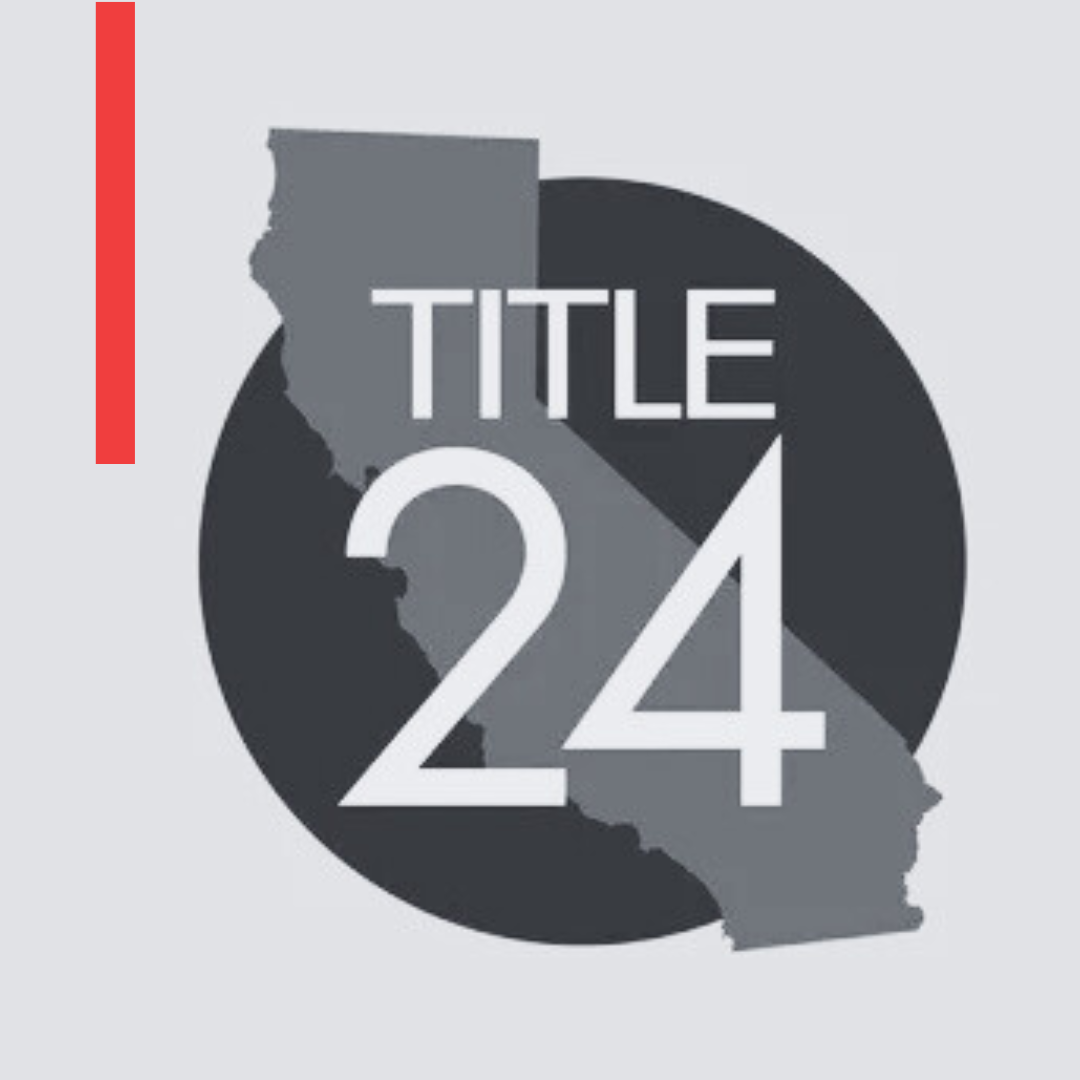California’s clean energy mandates are reshaping commercial property development. Since January 2023, the state’s Title 24 Building Standards Code requires new commercial properties to install both solar panels and batteries. This creates both challenges and opportunities for property owners.
The largest point of friction is that the new mandate requires significant solar capacity based on total building size. Most retail property owners maintain limited electrical usage through their house meter, typically covering only parking lots and common areas. This creates a fundamental mismatch between the code’s required generation and the property owner’s actual usage.
The solution lies in working with a solar partner with a roof rent model that can generate energy for one or more on-site tenants so that Title 24 makes financial sense for the property. This approach can meet tenant needs while covering installation and management costs—plus provide a new revenue stream to ownership. Ownership can meet their required generation and benefit in the process, even if they aren’t a large energy user.
Understanding Title 24: California’s New Building Standards Code
At its core, California’s Title 24 for nonresidential buildings is a set of energy efficiency standards created to reduce energy consumption, promote sustainability, and support the state’s environmental goals. These standards govern almost all aspects of building design and operation, from HVAC to lighting.
A large portion of these efficiencies is owed to the most recent building standards creating solar requirements for new commercial (nonresidential) construction. As of January 2023, properties must install both solar panels and battery storage systems, with sizing requirements tied to conditioned floor area and building type (including retail centers, office buildings, warehouses, and hotels).
For commercial buildings, Title 24 uses a straightforward calculation: multiply the building’s floor area by the code’s property-specific factor value, then divide by 1,000. For example, just using a rough average property type factor of 2.91, a 50,000-square-foot retail center might need 146 kW of solar capacity. Larger properties, like a 100,000-square-foot shopping center, would require approximately 291 kW.
These standards support California’s ambitious energy efficiency goals, extending in 2025 to include everything from sports arenas to places of worship. The upcoming iteration, the 2025 Energy Code, is projected to save $4.8 billion in energy costs over its lifetime and reduce greenhouse gas emissions by about 4 million metric tons.
How Title 24 Solar Requirements Impact Commercial Development
A pivotal element of the 2023 Title 24 update was that both solar and battery storage systems must now be integrated into commercial projects from the earliest stages. The requirements affect initial property design, permitting processes, and construction timelines. In most jurisdictions, a new property may not open until the solar program has completed a final review by the local permitting authority.
Developers must incorporate solar planning during the initial permitting phase. System designs need approval before construction can begin, and installations must be complete before properties and tenants can open for business.
This mandate presents serious operational hurdles for project managers and property owners. Developers must submit additional documentation along with standard building permits. Reviews and inspections may take longer due to the added complexity of solar and battery storage systems.
These complexities can extend project timelines and lead to serious financial challenges. If they don’t get the process right, they’ll see significant delays due to redesigns. The coordination and installation process may also require budget adjustments if not correctly factored into work.
King Energy’s Role in Supporting Title 24 Compliance
King Energy helps property owners navigate Title 24 requirements by offering solar and battery storage through a proven roof rent model. Instead of complicated profit-sharing agreements or high-interest loans, the solar partner installs a system at no cost, paying monthly rent to property owners in exchange for utilizing unused roof space.
After signing a standard lease, the company designs a solar and battery storage system specifically for the property, handling all permitting, documentation, and installation. This ensures compliant solar systems that meet the state’s Title 24 requirements.
Once they complete the system, King Energy provides continuous support over the system’s 25-year lifespan. King Energy manages everything from tenant enrollment to system maintenance, ensuring optimal performance and consistent revenue generation.
Their enterprise-grade billing software, OneBill, handles reporting and energy allocation to tenants. Ownership receives data on system performance and environmental impact, and tenants get access to discounted energy.
This roof rent approach transforms a state mandate into a larger revenue opportunity, ultimately boosting property value. King Energy’s monthly rent payments flow into net operating income calculations, creating measurable property value increases without capital investment.
Making the Most of Title 24 with Solar Partners
While Title 24 creates new obligations for property owners, the right partnership transforms this requirement into an opportunity. By working with an experienced solar partner, owners can meet compliance requirements while generating value from their systems.
Nationwide, King Energy is making solar accessible and viable for commercial properties, adding over $100m in property value through roof rent payments since 2023. Their experience with solar across diverse property types, ownership models, and LMI communities makes them ideally positioned to help California property owners of all types navigate Title 24 requirements.
Their solution solves the fundamental challenge of solar generation, providing a structure that helps solar make financial sense. Owners can meet Title 24 requirements without capital investment, their roof becomes a valuable revenue source, and California meets its sustainability goals.
Transform Title 24 requirements into opportunities
Get a customized solar assessment
Commercial Solar Title 24 FAQs
Where can I find more details on the Building Standards Codes?
Complete information is available through the California Energy Commission’s website and official Title 24 documentation.
What are the penalties for non-compliance with Title 24 solar requirements?
Non-compliance can result in delays in obtaining occupancy permits and potential fines. Specific penalties may vary.
How do Title 24 requirements align with California’s broader energy goals?
These requirements support California’s goals of carbon neutrality and 100% clean energy by 2045 by promoting renewable energy adoption and energy efficiency in buildings.
What buildings are exempt from Title 24?
Properties with limited unshaded roof space, inadequate roof area, or those with plans approved before January 1, 2024, may qualify for exemptions.
How do battery storage requirements factor into Title 24?
As of 2023, many new commercial buildings required to have solar PV must also install battery storage systems. The size is determined by specific equations for rated energy and power capacity.


